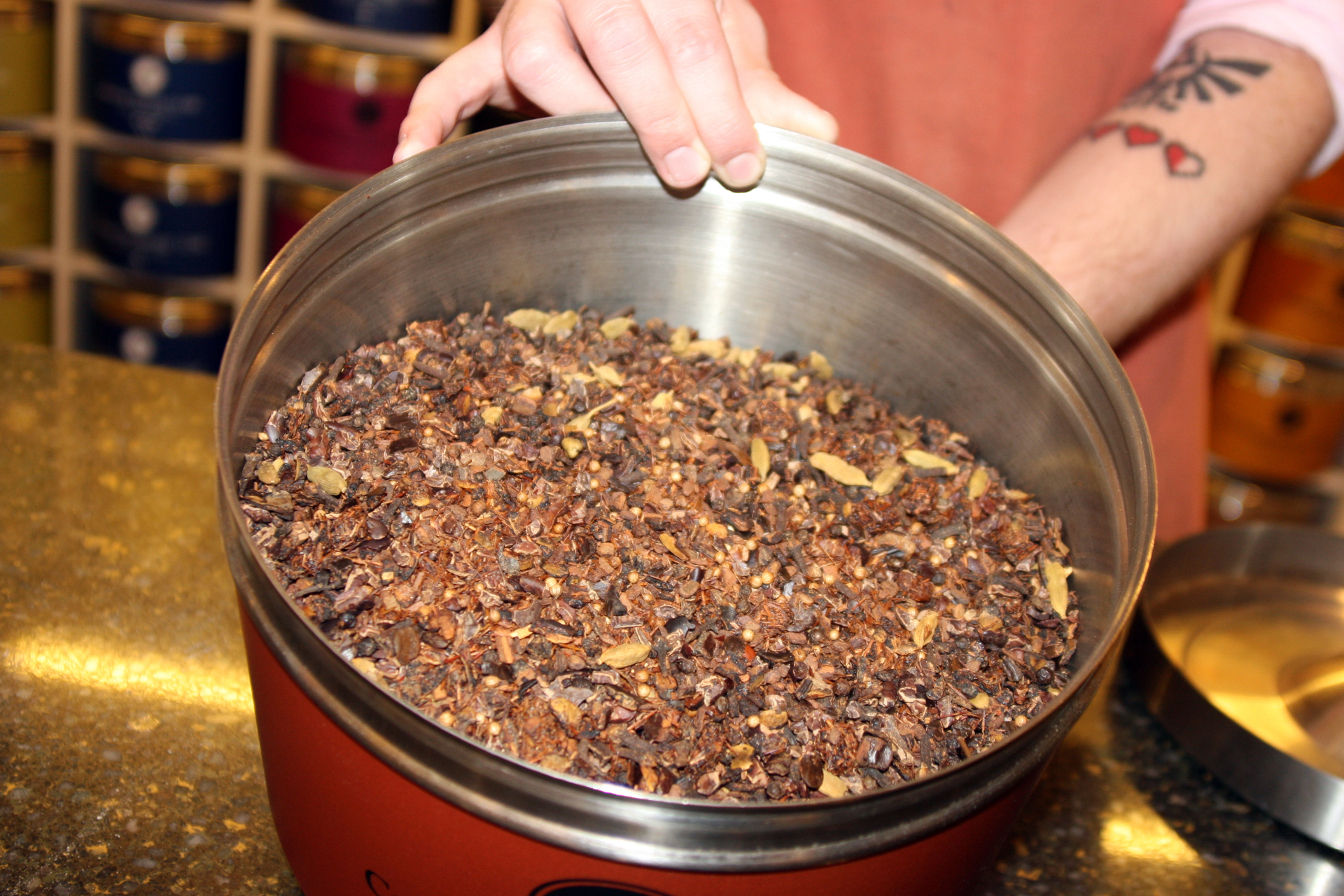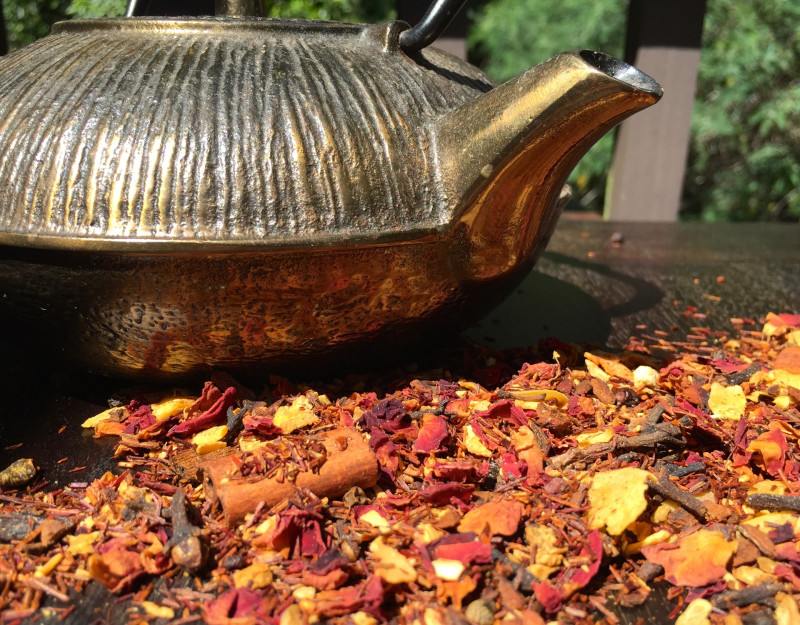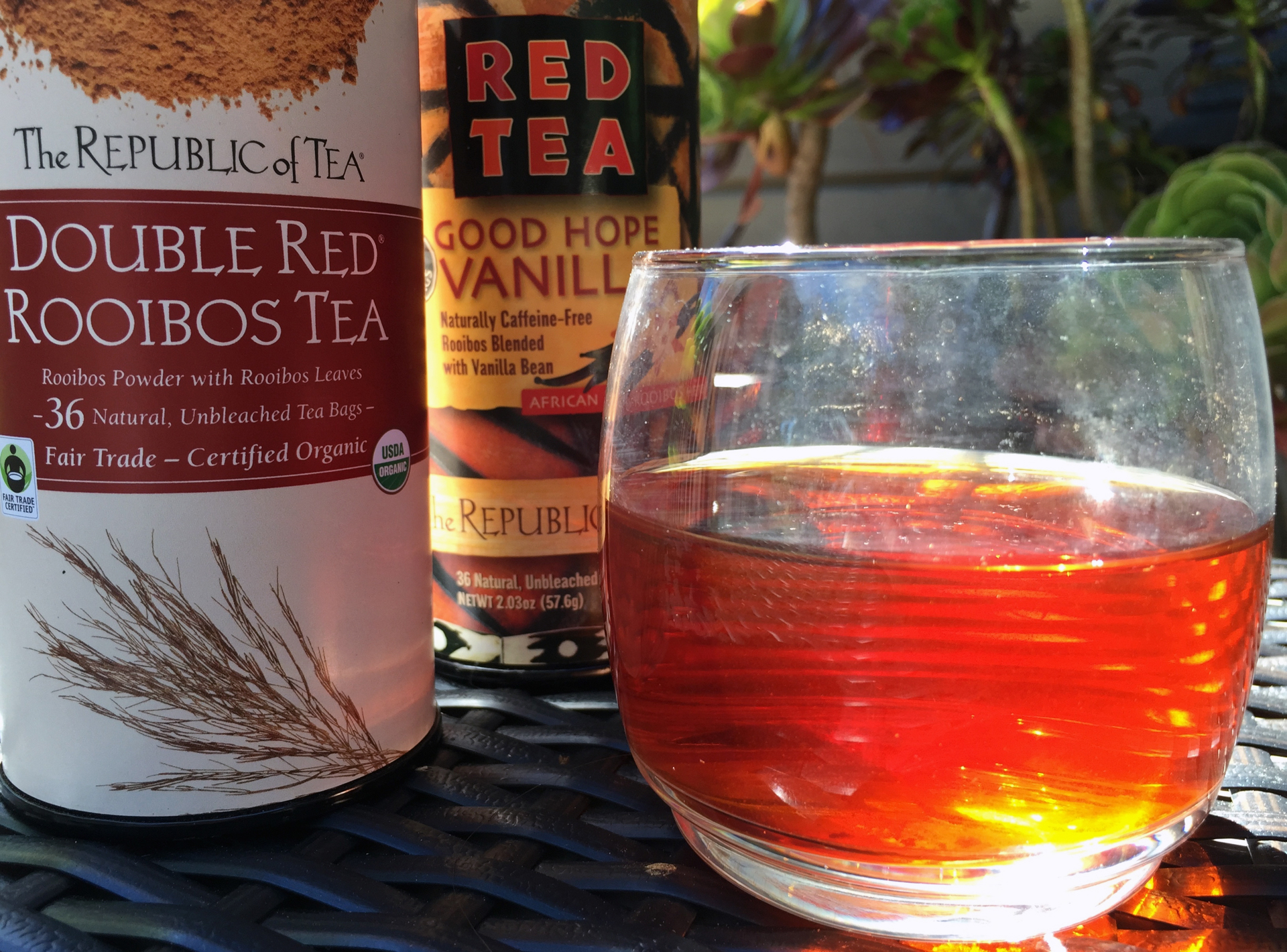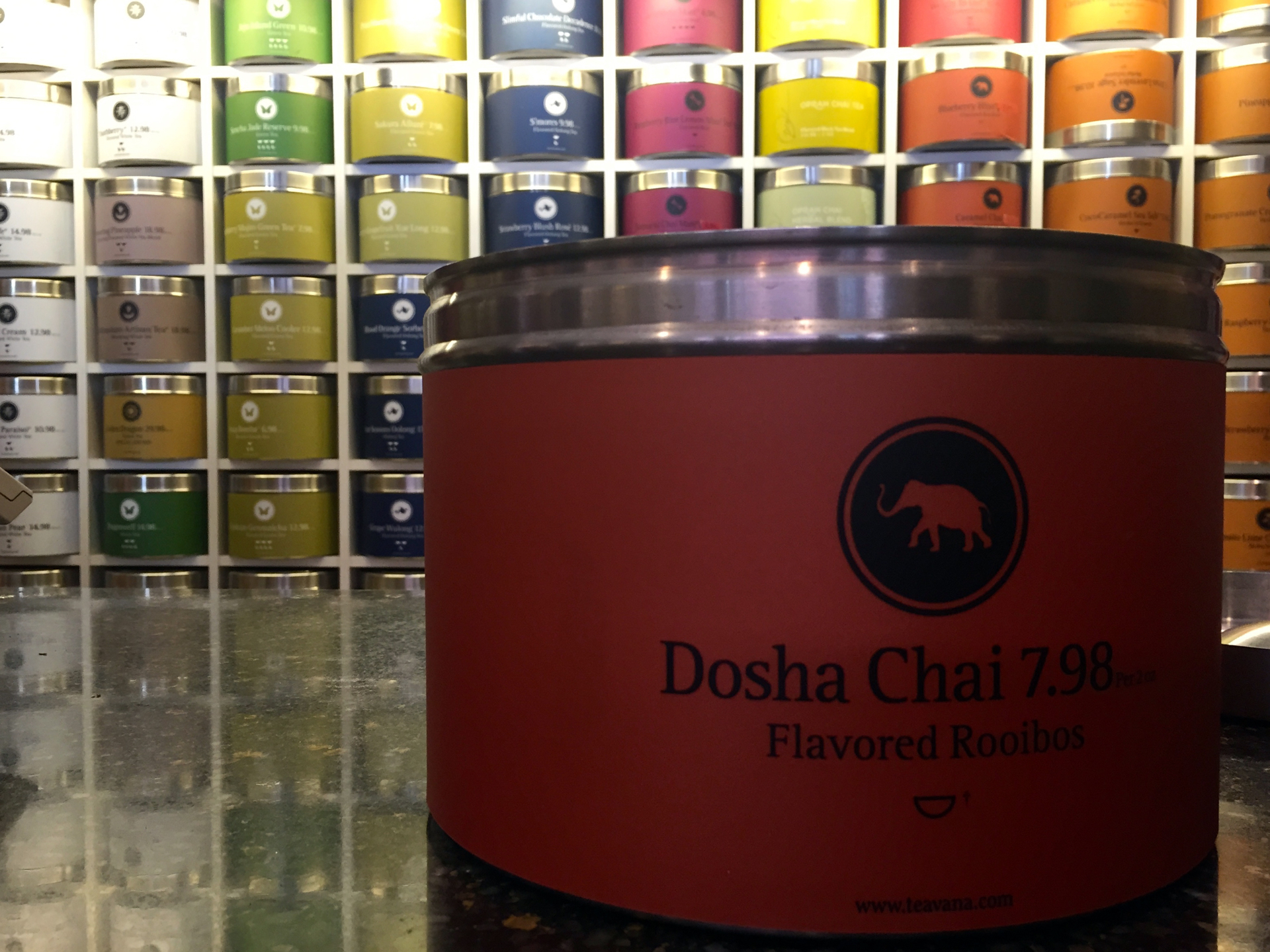I’m not a coffee drinker, but I do love my tea. For years I greeted each day with a steaming mug of Earl Grey tea by my side. In the afternoon I would make another pot of black or green tea, sipping my way through the rest of the workday. But when I started having trouble sleeping a few years ago, I cut out almost all caffeine -- with the exception of small amounts of dark chocolate, crucial to my existence. Saying goodbye to tea was tough, but I found rooibos tea -- AKA “red tea” -- to be a satisfying, caffeine-free stand-in for my usual brew. I liked its earthy flavor, and it was full-bodied enough to support a splash of milk. Plus, I was still reaping the benefits of all those antioxidants and other magical chemical compounds found in tea -- or so I thought.
In truth, rooibos is not tea at all. It’s not even a distant relative to the tea plant (Camellia sinensis). Rooibos is an herbal infusion made from a plant called Aspalathus linearis that’s native to South Africa, where it thrives in the wild and as a cultivated crop. The word rooibos (pronounced roy-bus) translates as “red bush,” which refers to the way that the green, needle-shaped leaves turn red when they fall off the bush and oxidize in the sun. Most rooibos tea is made from these oxidized leaves, although a variety known as “green rooibos” is crafted from leaves that do not undergo oxidization.
Rooibos leaves are often blended with fragrant spices, dried fruits and other flavors the same way that black teas are. I’m partial to rooibos chai, like the one made by Numi of Oakland and Teavana’s Dosha Chai, a loose-leaf blend that contains cinnamon, coconut, ginger, cardamom, vanilla and rose blossoms.

Although long popular in South Africa, rooibos was virtually unheard of in the U.S. until 2001, when Marin County based The Republic of Tea start selling it. Today, rooibos is sold by many other companies, but they all import it from South Africa, according to The Republic of Tea’s Minister of Commerce, Kristina Richens.
“There have been attempts to grow it in other places without any success. It only seems to thrive in South Africa’s unique subclimate,” Richens says.


